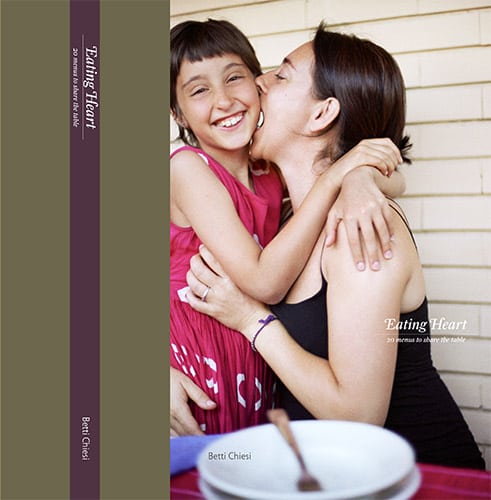
Some years ago I decided to put on paper something that could describe what food means for me, my family and my country. This book is the result of two years work and when I was ready to drop it, as I often do when I’m atracted by something else, my husband Nazim convinced me to self publish it and make a digital version.
My purpose in this book is half practical, half sentimental. To make you smile and even feel a little moved while I explain how to cook things maybe your aunt used to make. My subject isn’t haute cuisine, so I’m not addressing experts and I haven’t pandered overly to the pedantic either. I want to excite your curiosity and possibly help those who simply don’t think they’re up to cooking decently. With this in mind, I’ve been through all the recipes, time and time again to make explicit things a practiced cook takes for granted but that wouldn’t be obvious to the inexperienced.
All the menus are geared to the stomachs and daily rhythms of people who work (ie. everyone) and who can’t normally spend more than two or three hours in the kitchen at a time. All the menus can be prepared partially the day before and kept in the fridge and they’re designed to provide a balanced meal.
In our tradition, a meal should include a starter, a first and second course and a side dish and be rounded off with a dessert, fruit and coffee. Nowadays I don’t think anyone can eat all this and not feel ill or least unwise, so I limited each menu to three, at the most four items, choosing combinations of starters, first or second courses, side dishes and desserts that work well together.
The book is in two parts: summer and winter menus. This is because I want to stress the importance of using ingredients in season. We’re so used to finding practically everything in the supermarket all year round that we’re forgetting how to exploit and enjoy the best of local produce in season. If you eat cherries in June and July, they’re more likely to be good cherries and less likely to upset the family budget. A simple dish can be extremely flavorful if made with fresh, good quality ingredients. This sounds, and is, a truism and the best way to make it come really true, in your own kitchen, is to buy the stuff when nature serves it up.
One of the recipes in each menu is tied to a portrait of someone in my family or friends, people I’ve loved or have simply met and been impressed by. These jottings will accompany you in your kitchen – before or after cooking – and I hope will evoke an atmosphere, as do the photos between one chapter and another. Neither the photos nor the stories talk specifically about the food described in the recipes – they simply prepare the ground for a journey that sets out from the heart to end up in a not too distant stomach.
If it’s true that eating is also a form of armchair travelling, I sincerely hope this book will also console and inspire those who have already travelled far but eaten worse.
[socialWarfare]
